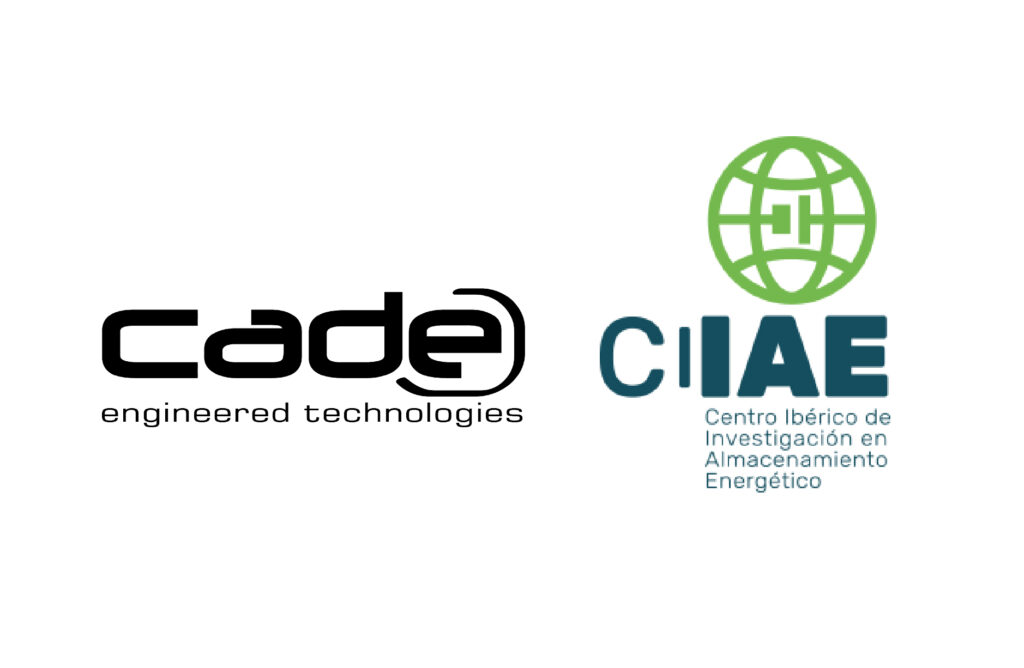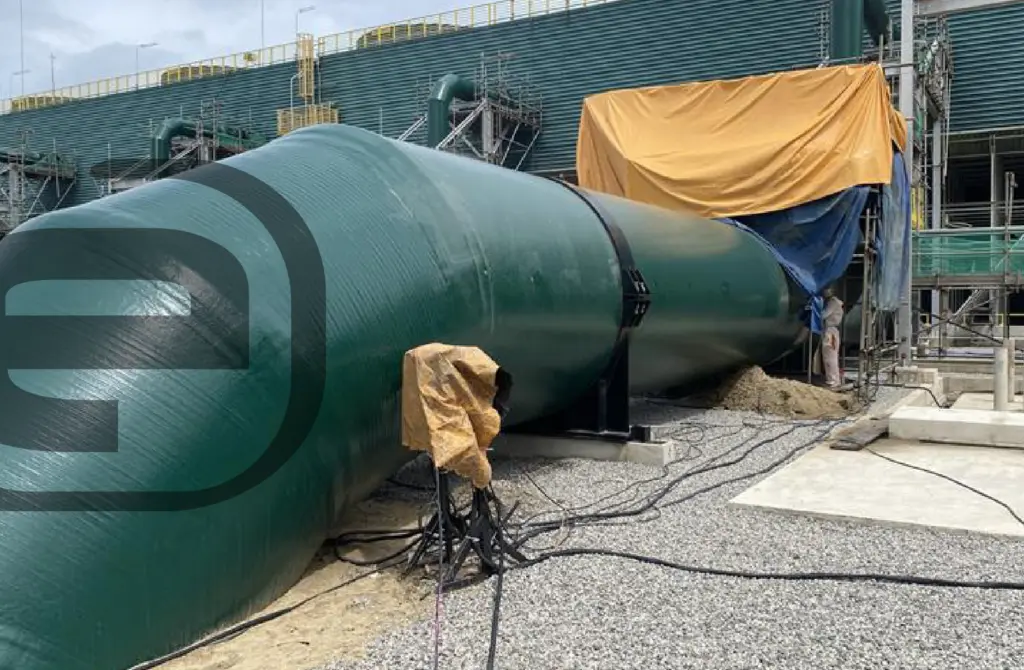Energy Transition and New Demands on the Power System
The energy transition toward a decarbonized, highly distributed, and digitalized system requires a deep reconfiguration of the traditional electricity system. Furthermore, the massive integration of renewable energy sources with high variability and uncertainty complicates the operational stability of the power grid. In this context, the concept of grid flexibility has become a fundamental technical and economic pillar to ensure the reliability and quality of electricity supply.
Grid flexibility refers to the power system’s ability to effectively respond to variations in energy generation and consumption to maintain real-time balance between supply and demand—an essential condition for the proper operation of an electricity grid with quality and security guarantees. Therefore, by leveraging all the assets that make up the power grid, flexibility can be defined as the system’s ability to modify generation, consumption, storage, or energy exchanges between geographic areas to maintain supply-demand balance across various time scales (from seconds to days). From a functional perspective, assets considered flexible must be capable of:
- Absorbing surplus generation, mainly from renewables.
- Performing load shifting to periods of lower grid stress.
- Reducing the need for upgrades in transmission and distribution infrastructure.
Ultimately, grid flexibility is also a means to provide services to the grid itself. Grid services (also known as balancing services, ancillary services, or complementary services) are essential functions that ensure the quality, stability, and security of electricity supply. These include frequency regulation, voltage control through reactive power management, operating reserves for unexpected events, black start capability after outages, and congestion management to prevent line overloads.
Thermal Storage and Grid Services
Until recently, fast-response generation and demand, along with energy exchanges between geographic areas, were the primary contributors to grid flexibility. However, due to growing generation uncertainty, energy storage—among other technological solutions—has become increasingly important.
While electrical storage technologies like batteries have dominated the landscape from both technical and regulatory perspectives, thermal storage, historically associated with industrial thermal applications, is increasingly recognized as a flexibility vector—especially in sectors where heat accounts for a significant portion of localized final demand.
In this scenario, thermal storage, traditionally seen as isolated from the power grid, can become a flexible energy resource when incorporated into Power–to–Heat–to–Power (P2H2P) architectures that respond to electrical signals. From the grid’s perspective, thermal storage must be electrified to participate in flexibility—via Joule heating, heat pumps, or other reverse-cycle thermal machines. In this way, it acts as a controllable load capable of absorbing surplus electricity, with response times suitable for non-instantaneous grid services.
Thermal storage can provide grid flexibility in two fundamental ways:
a) Direct flexibility or active mode
b) Indirect flexibility or passive/containment mode
Direct flexibility (active mode)
The thermal system acts as an electrical sink during periods of high renewable production, especially solar PV. This strategy enables:
- Decoupling renewable generation from thermal demand.
- Preventing renewable curtailment.
- Shifting electricity demand away from peak hours (energy arbitrage).
Indirect flexibility (passive or containment mode)
During electricity demand peaks or grid congestion—such as in agri-food industries with schedulable thermal consumption—the thermal system reduces or eliminates its programmed electrical use, thanks to previously stored heat. It acts as a flexible load that delivers thermal energy without additional electricity consumption, relieving the grid.
Summary Table: Grid Services Provided by Thermal Storage Systems
| Grid Service | Provided by TES |
|---|---|
| Renewable surplus management | Absorbing electricity via Joule heating or heat pumps |
| Energy arbitrage | Thermal charging during off-peak hours; discharging during peak hours |
| Congestion management | Reducing electricity consumption in overloaded areas |
| Participation in local flexibility markets | Modulating consumption based on price signals or congestion |
| Black-start (in hybrid systems) | Thermal supply to critical processes after a system restart |
Integration into the Power System
As previously mentioned, thermal storage must be electrified to be considered a flexible asset and operate as a grid resource. Beyond the P2H2P architecture, its integration into the electrical system requires a set of management and control components that enable participation in grid services:
Control intelligence capable of receiving signals from the system operator (e.g., price signals, constraints).
Energy Management System (EMS) that optimizes heat use based on technical, economic, and demand conditions.
Communication with aggregators or local markets, facilitating its integration into distributed flexibility mechanisms.
Thermal and predictive modeling (Digital Twin) to ensure thermal service quality for end users, even when the system is providing grid services.
Generally, all these control components can be integrated into a super-system based on Artificial Intelligence (AI) using Machine Learning algorithms.
Regulatory and Economic Considerations
The regulatory framework still does not systematically recognize thermal storage as a grid resource. However, certain regulations—such as the European Clean Energy Package—have opened the door to the participation of distributed assets and the creation of local flexibility markets, recognizing energy storage in general as a key pillar of the energy transition.
From an economic perspective, valuing thermal storage as a flexibility asset requires:
Remuneration mechanisms for grid services provided.
Incentives for industrial heat electrification (P2H2P).
Inclusion in network planning and adequacy studies.
Conclusions
Thermal storage, traditionally excluded from the electric ecosystem, can—and should—become a strategic tool for grid flexibility, particularly in contexts with high renewable penetration and significant industrial heat demand. Its competitive cost, durability, and scalability make it a highly valuable asset—especially when coupled with advanced control technologies, optimization strategies, and enabling regulatory frameworks.
This calls for an interdisciplinary approach combining thermal engineering, intelligent control, energy economics, and regulation. Thermal storage must be recognized not only as a vector for thermal efficiency but as a virtual asset capable of delivering critical services to the future power system. For example, the use of sensible heat storage systems (TES–SHS) using rock beds heated via Joule effect and coupled to discontinuous industrial processes allows for efficient, scalable, and low-cost implementation.
Regulatory recognition and active inclusion of thermal storage in flexibility schemes is no longer optional—it is a strategic necessity to ensure a resilient, sustainable, and efficient energy system.













